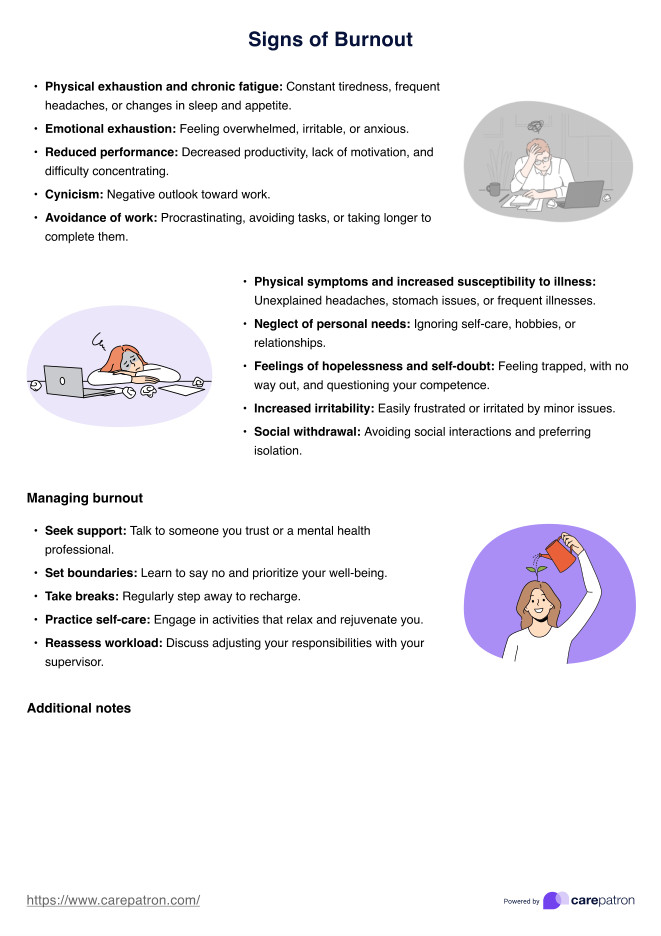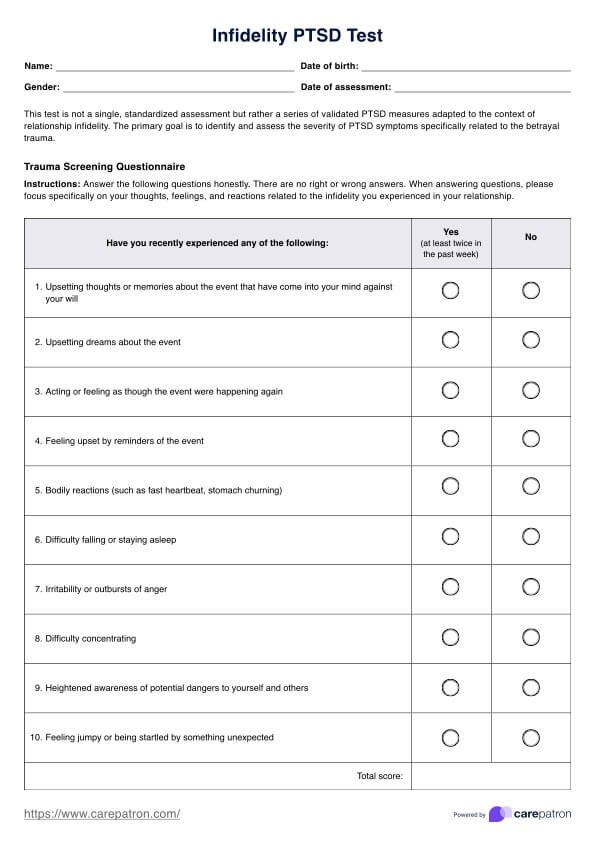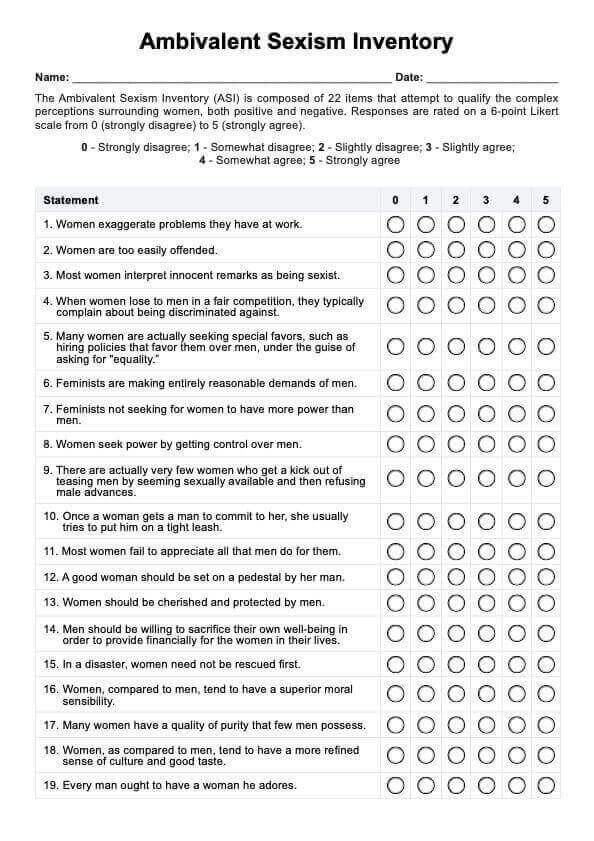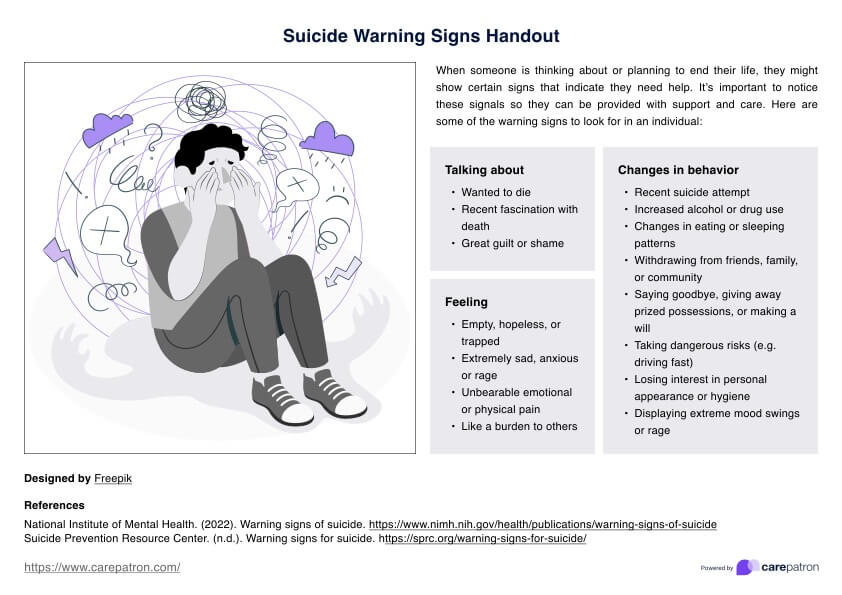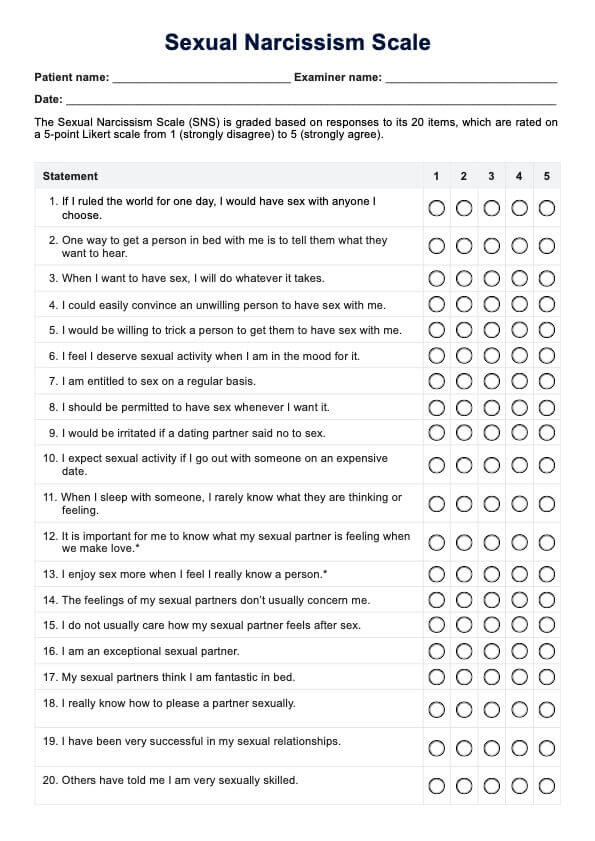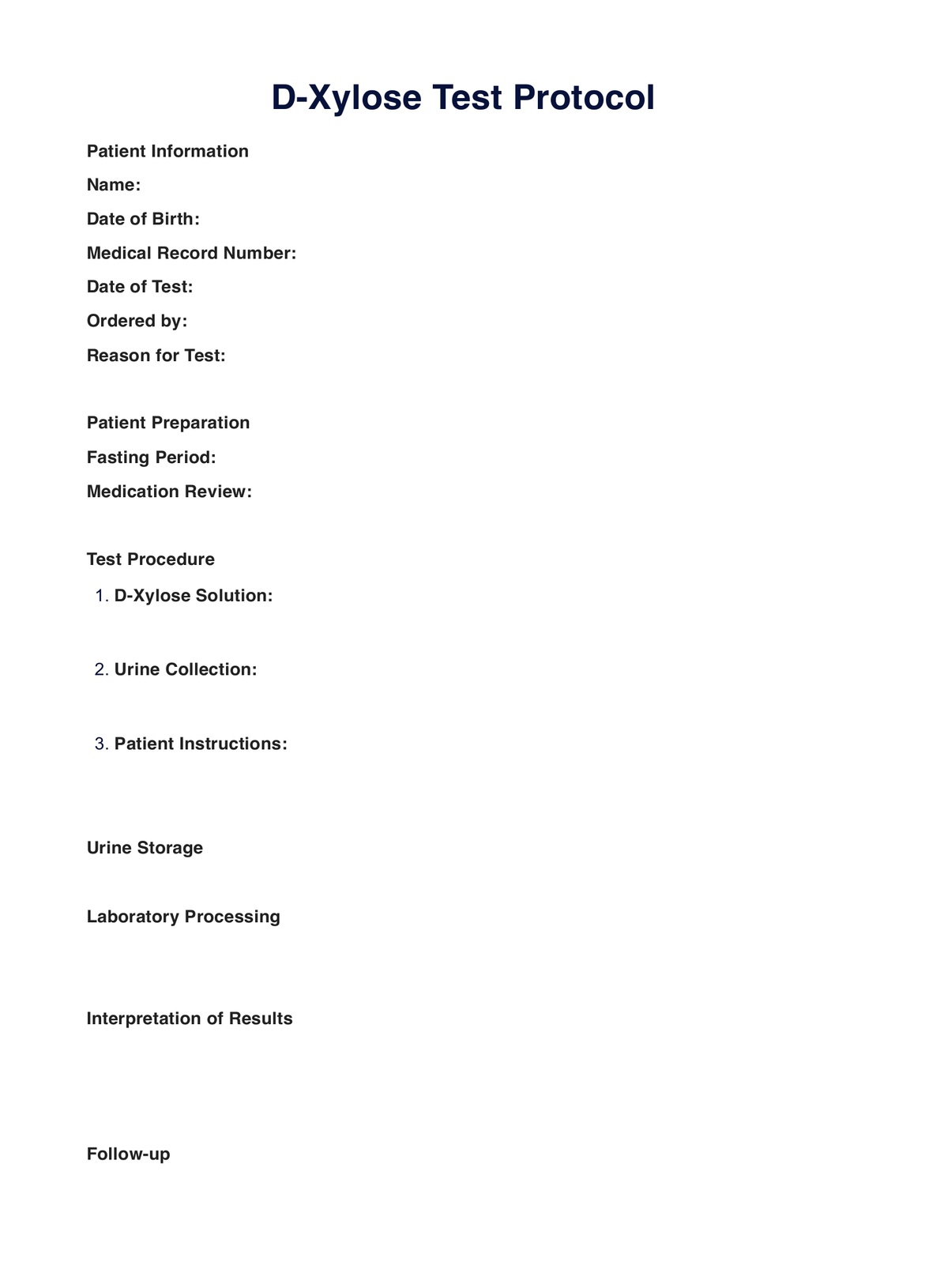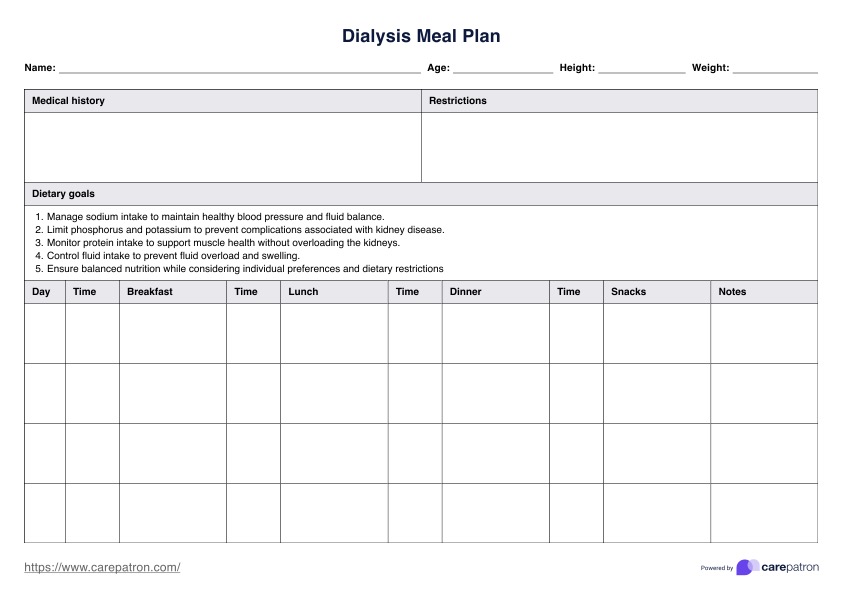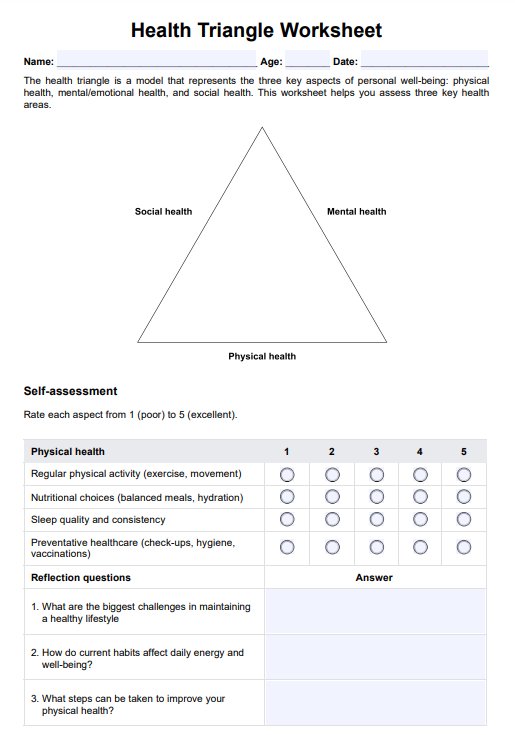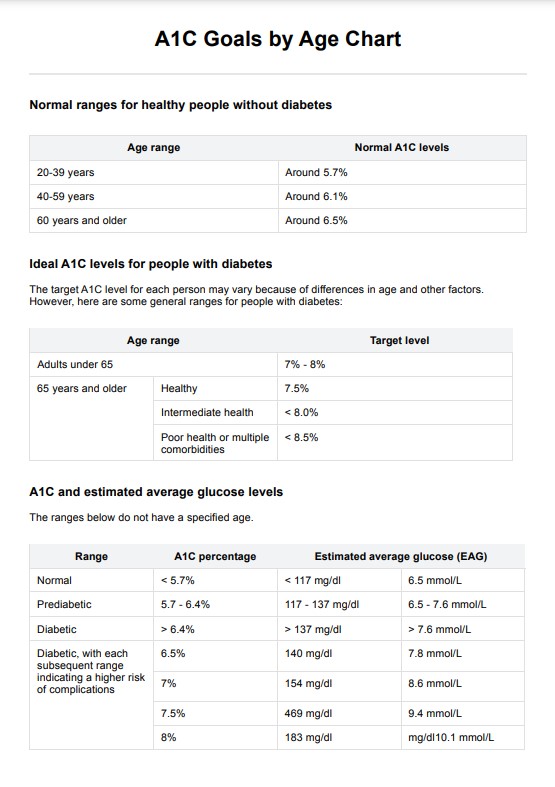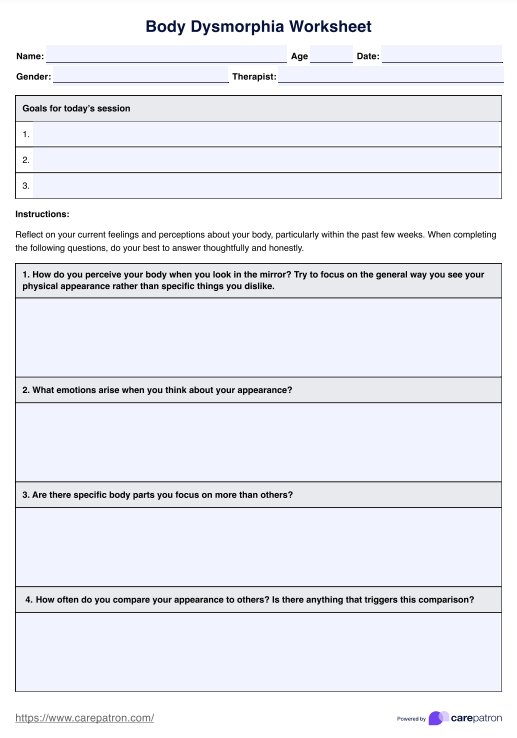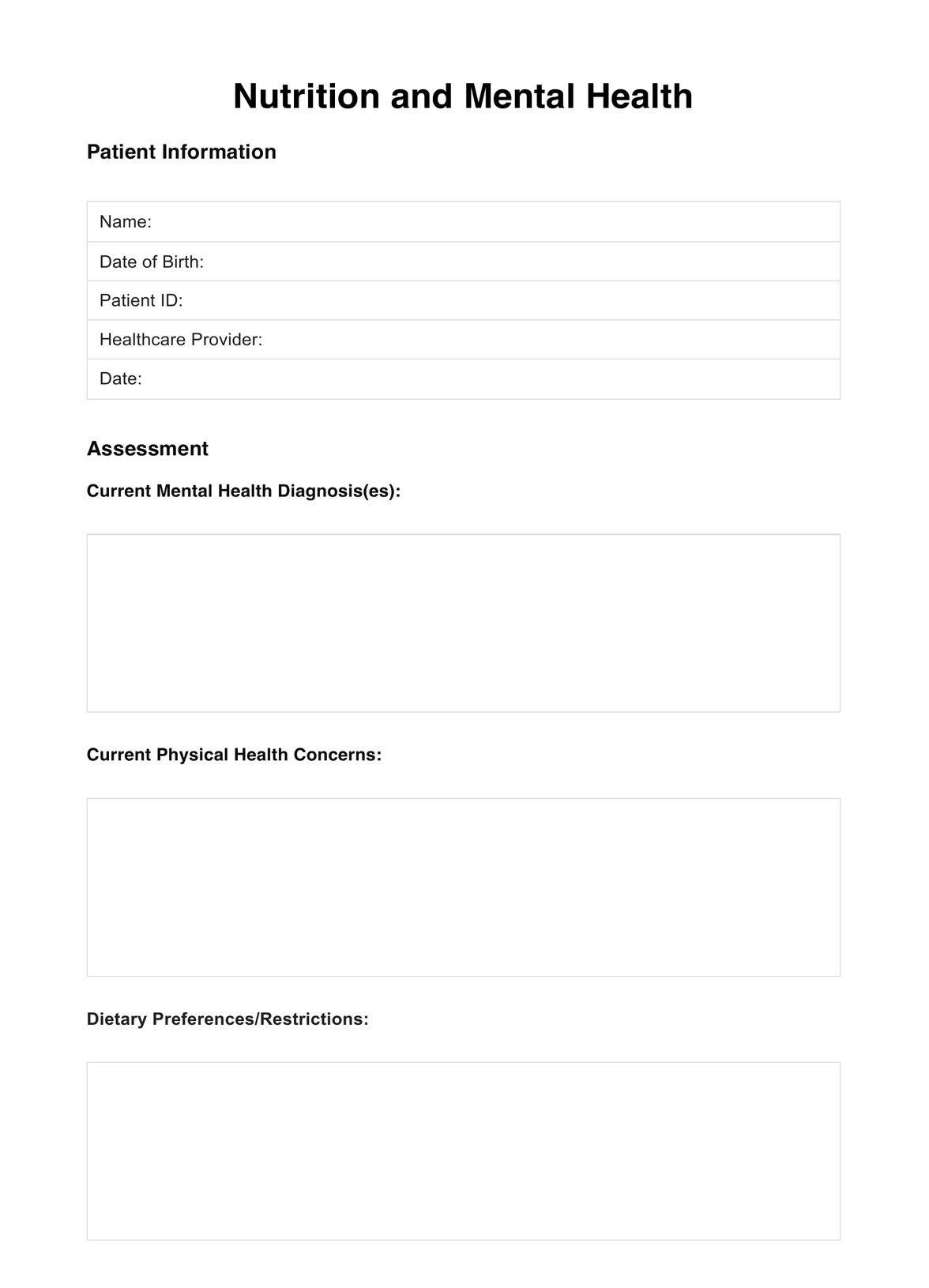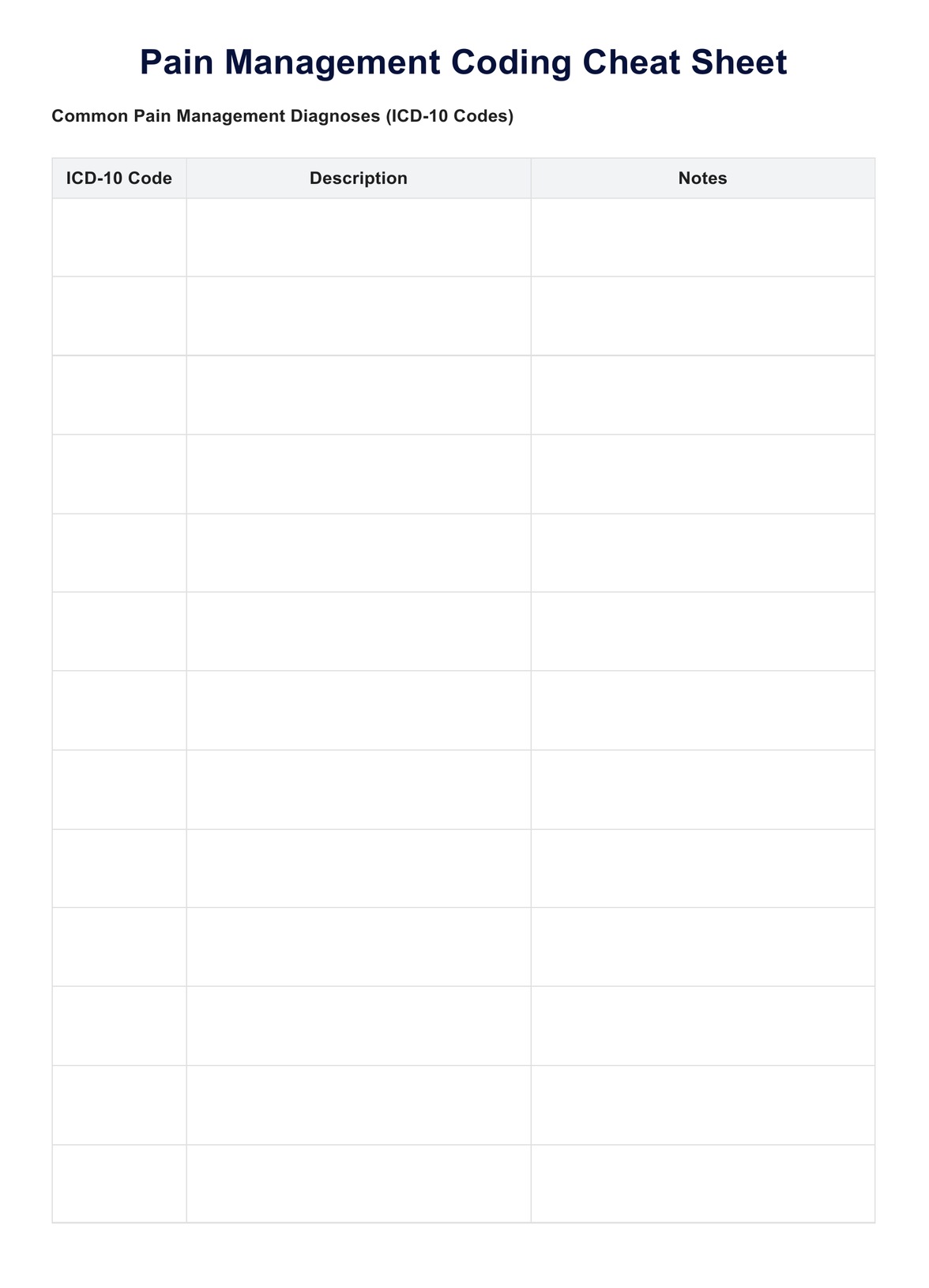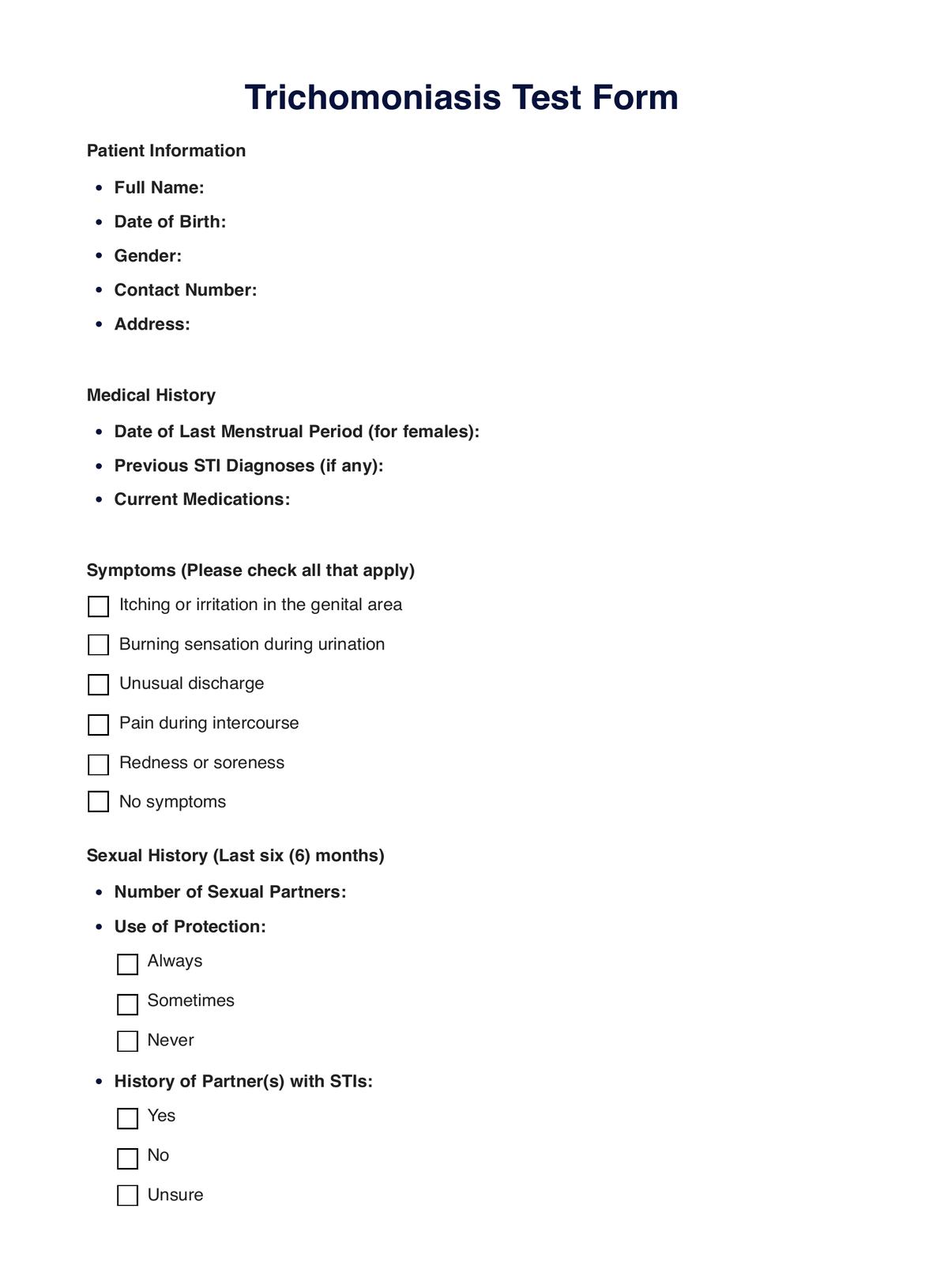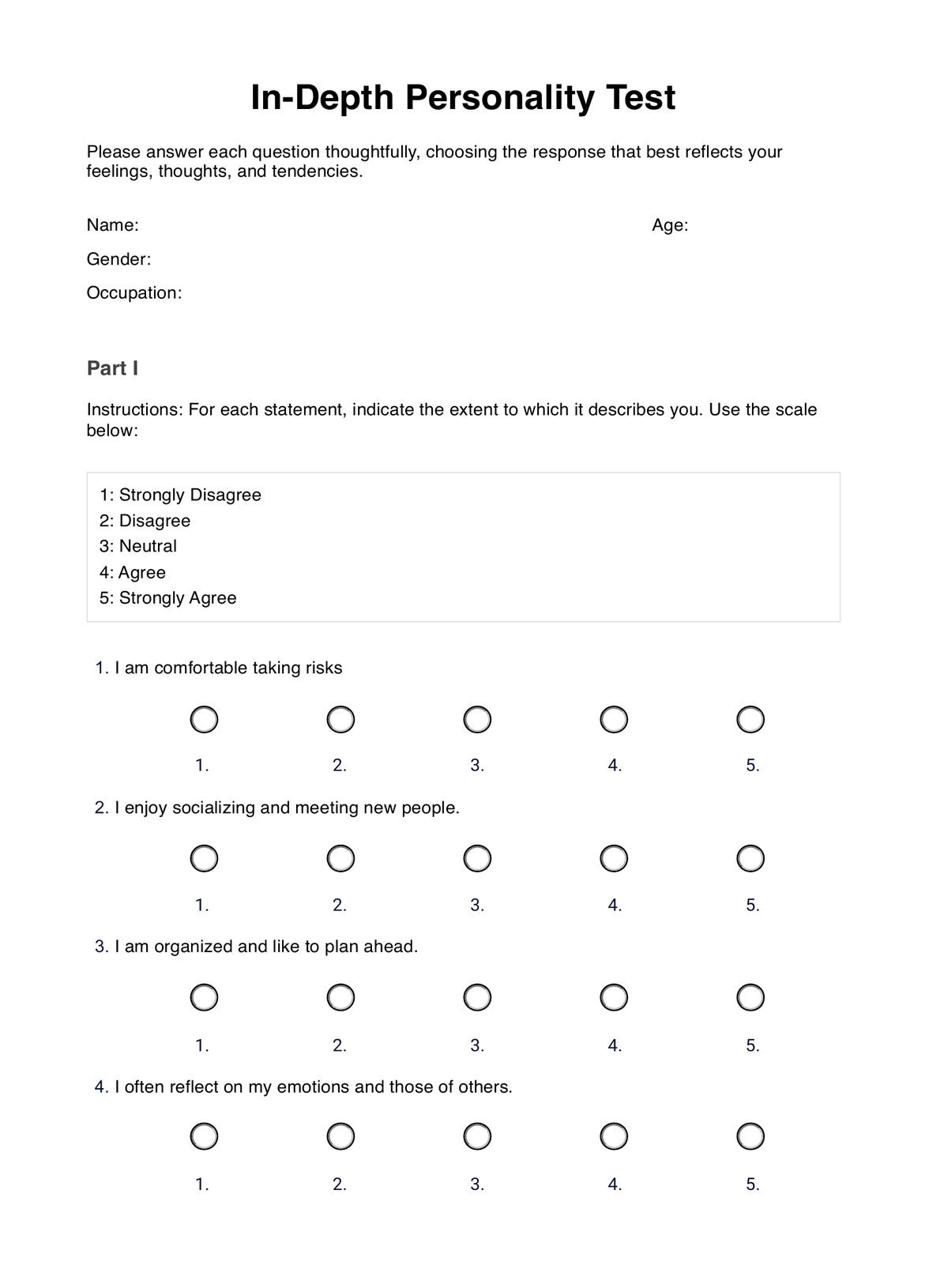Pancreatitis Diet Food List
Download our free Pancreatic Diet Food List to help you shop for healthy foods for your pancreas. Get the free template and example here.


What causes Pancreatitis?
The pancreas is an organ located in the abdominal area. It has an exocrine function and an endocrine function. The former helps us digest food by producing digestive enzymes; the latter is insulin production, which regulates our blood glucose levels.
Pancreatitis is the inflammation of the pancreas. Any of the following causes this type of inflammation:
- Bacterial infection of the pancreas
- Gallstones blocking the pancreatic duct
- Having a genetic predisposition for pancreatitis
- Trauma/injury of the abdomen or belly
- Tumors
- Smoking cigarettes
- Drinking alcohol excessively
- High calcium and triglyceride levels in the bloodstream (eating high-fat foods and full-fat dairy can cause this)
- Taking estrogens, steroids, or thiazide diuretics
- Cystic fibrosis (a hereditary condition that affects the lungs, digestive tract, and other organs)
Pancreatitis Diet Food List Template
Pancreatitis Diet Food List Example
What is the difference between acute and chronic pancreatitis?
There are two kinds of pancreatitis: acute pancreatitis and chronic pancreatitis.
Acute pancreatitis is the sudden inflammation of the pancreas. Its most common culprits are gallstones and excessive consumption of alcohol. This kind of pancreatitis only lasts briefly, especially if treated immediately. There’s also a chance for the pancreas to return to normal when the inflammation disappears.
On the other hand, chronic pancreatitis is much worse. This one is characterized by the inflammation of the pancreas that happens, disappears, and recurs now and then. Because it recurs, it causes progressive damage to the pancreas, which is irreversible. It can also cause scarring to the pancreas, too. It can also negatively impact its functions, leading to digestive system problems and hindering insulin production.
Pancreatitis symptoms, causes, treatments, and tests
Common acute pancreatitis symptoms include severe dull abdominal pain, nausea, and vomiting. Chronic pancreatitis symptoms are the same as acute pancreatitis symptoms, but with the addition of these possible symptoms: back pain, diarrhea, sudden weight loss, having fatty stools, and glucose intolerance.
To diagnose either of these types of pancreatitis, healthcare professionals will conduct a pancreas blood test designed to assess the level of pancreatic enzymes in the bloodstream. They will specifically examine blood amylase and blood lipase levels.
The normal range for blood amylase is 23 to 85 units per liter (U/L), but this will depend on the specific laboratory analyzing it. Sometimes, it can go as high as 140 U/L. The normal range for blood lipase is 0 to 160 U/L. If the measurements are three times higher than the normal ranges, then pancreatitis is likely.
Healthcare professionals will conduct imaging tests like CT scans and MRIs to confirm and diagnose pancreatitis. They might even conduct other blood tests, glucose tests, stool elastase tests, and fecal fat analyses if they suspect the likelihood of chronic pancreatitis.
Treatment for pancreatitis will depend on the cause, but usually, treatment options include the following:
- Hospitalization with treatment, including intravenous fluids, pain relievers, and antibiotics. Those with mild pancreatitis can drink clear fluids and eat low-fat diet foods. For severe cases, a feeding tube might provide nutrients because eating solid food and drinking can strain the pancreas.
- Surgery to remove the gallbladder and gallstones might be done if gallstones are the cause.
- Surgery might also be done to remove damaged parts of the pancreas. In some cases, islet cell transplants are conducted.
- They might have to undergo pancreatic enzyme replacement therapy.
For those with chronic cases, they have to make diet and lifestyle changes to manage their chronic pancreatitis:
- Adopt a low-fat diet
- Eat small meals high in protein
- Stop smoking cigarettes or using tobacco products
- Stop drinking alcohol
- Take medicine for chronic pancreatitis pain
- Take insulin (if they end up getting diabetes)
Those with symptoms of pancreatitis need to get checked and treated immediately because this inflammation can lead to serious complications such as malnutrition, kidney failure, diabetes, the emergence of pseudocysts, breathing problems, and pancreatic cancer.
For those with severe chronic pancreatitis, surgery might be the best bet to address it.
What food should one avoid when adopting a pancreatitis diet?
One of the best ways to manage chronic pancreatitis is to change one’s diet, specifically a low-fat diet. This involves doing away with fatty foods to reduce fat intake.
This entails avoiding high-fat foods, high-sugar foods, and refined carbohydrates. Here are examples of what one needs to avoid eating:
- Dairy products like cream cheese, whole milk, processed cheese, cheese sauce, and ice cream
- High-sugar foods like chocolate, cookies, cinnamon rolls, cakes, pies, pudding, and other pastries
- Snacks like potato chips, nut bars, granola bars, mixed nuts
- Processed meat like hot dogs, sausage, canned fish, bacon, and salami
- Fatty portions of red meat and organ meat
- High protein foods
- Anything with refined carbohydrates, like non-whole wheat pasta and white bread
- Egg yolks
- Fried fish, fried chicken, French fries, and pretty much any fried foods
- Baked goods like donuts, muffins, and croissants
- Fruits like coconuts and avocado
- Fast food and convenience store food
- Anything cooked with olive oil
Whether one has pancreatitis or is at risk of developing pancreatitis, one must avoid foods like the ones mentioned above.
What foods are good for those adopting a pancreatitis diet?
To protect one’s pancreas and manage pancreatitis, one should choose low-fat foods to reduce fat intake significantly. This means that one must choose foods that aren't in the same categories as the ones listed in the previous section, and to be honest, that's a wide variety of food they can't eat.
It would be best to visit a registered dietitian or nutritionist to help create a well-thought-out meal plan that ensures a well-balanced diet to stay healthy.
Examples of certain foods to eat in a pancreatitis diet:
- Brown rice
- Sweet potato
- Beans
- Lentils
- Legumes
- Whole grains (bread, cereal, crackers, tortillas, pasta)
- Tofu and tempeh
- Lean meat
- Fresh herbs
- Egg whites
- Almond milk and soy milk
- Quinoa
- Fat-free sour cream
- Low-fat sweets
How to use the Pancreatic Diet Food List Template
We created a Pancreatic Diet Food List template to help organize grocery lists for those with acute and chronic pancreatitis or at risk of getting either. It can be used by a registered dietitian or nutritionist, or patients themselves can use it.
This food list template is divided into several blank sections for customizability. The miscellaneous box indicates specific cooking oils, condiments, and other things that are friendly to pancreatitis patients or those with healthy pancreas.
There’s also a What to Avoid box to help remind people what they shouldn’t eat or drink.
Lastly, there’s an Additional Notes box. Those using the template can write anything down concerning the list they’ve made. An example would be, “I need to make dishes using this food list for the rest of my life because of my pancreatitis. I must learn to love them because this is my life now.”
Remember that low-fat foods are a priority, especially for those with acute and chronic pancreatitis.
What are the benefits of adopting a pancreatic diet?
It can help manage the inflammation.
Adopting a pancreatic diet is effective when it comes to managing pancreatitis. The food choices for pancreatic diets are easily digestible. This means that eating will alleviate stress from the pancreas and reduce pain when stressed and inflamed. And since pancreatic diets do away with specific foods and drinks, it lowers the number of irritants that can stress the pancreas.
It can help with weight management and prevent malnutrition.
One of the symptoms of pancreatitis is weight loss. A person with pancreatitis can lose a significant amount of weight quickly, and they might even lose their appetite! The reason for this is that pancreatitis can negatively impact nutrient absorption. Pancreatic diets can provide essential nutrients through easily digestible food, preventing malnutrition, nutrient malabsorption, and further weight loss. It can even restore a person to a healthier weight!
It can lower the risk of getting diabetes.
As mentioned earlier, the pancreas produces insulin, an important hormone regulating blood glucose levels. Relieving stress on the pancreas can prevent inflammation from further impacting insulin production and control blood glucose. This will lower the risk of hyperglycemia and, by extension, the risk of developing diabetes.
What are the recommended lifestyle changes for patients with pancreatitis?
Besides adopting a low-fat diet and avoiding specific types of food, here are other recommended lifestyle adjustments:
- You must make it a point to drink lots of water to keep themselves hydrated
- You must limit your caffeine intake or avoid drinking coffee (unless it’s decaffeinated) because caffeine can stimulate the pancreas
- Make your meal portions smaller, plus eat frequently in a day to ease digestion
- Quit smoking and drinking alcohol to avoid exacerbating your pancreatitis
Other tips to keep in mind while following pancreatic diets
Consult a dietitian and nutritionist to learn the best foods to add to your diet and learn about nutritional values for specific meal portions so you know how much you need to eat per meal daily. They can even create a personalized food list and eating plan every once in a while to cater to your needs, preferences, and health goals.
Make sure to ask them about the necessary supplements you can take to support your pancreatic diet. Again, it’s essential to ensure you get all the vital nutrients you need, whether or not you have pancreatitis.
Suppose you are confirmed to have diabetes or at least at risk of developing it. In that case, you must learn to monitor your blood glucose levels and ensure your meals don’t boost them to unhealthy and potentially dangerous heights.
Commonly asked questions
Pancreatic diets are strict regarding the kind of food and drink a person must eat and how much they should eat and drink daily. This strictness ensures the pancreas can recover from pancreatitis and avoid stressing it out during meals.
Because alcohol can cause more inflammation in the pancreas, which can lead to an array of unwanted complications.
They need to follow it for as long as their dietitian says so. This will depend on the severity of the pancreatitis or how risky a person is of getting it. Once their dietitian clears them, they can switch to another diet, but patients and clients are free to follow a pancreatic diet for the rest of their lives.


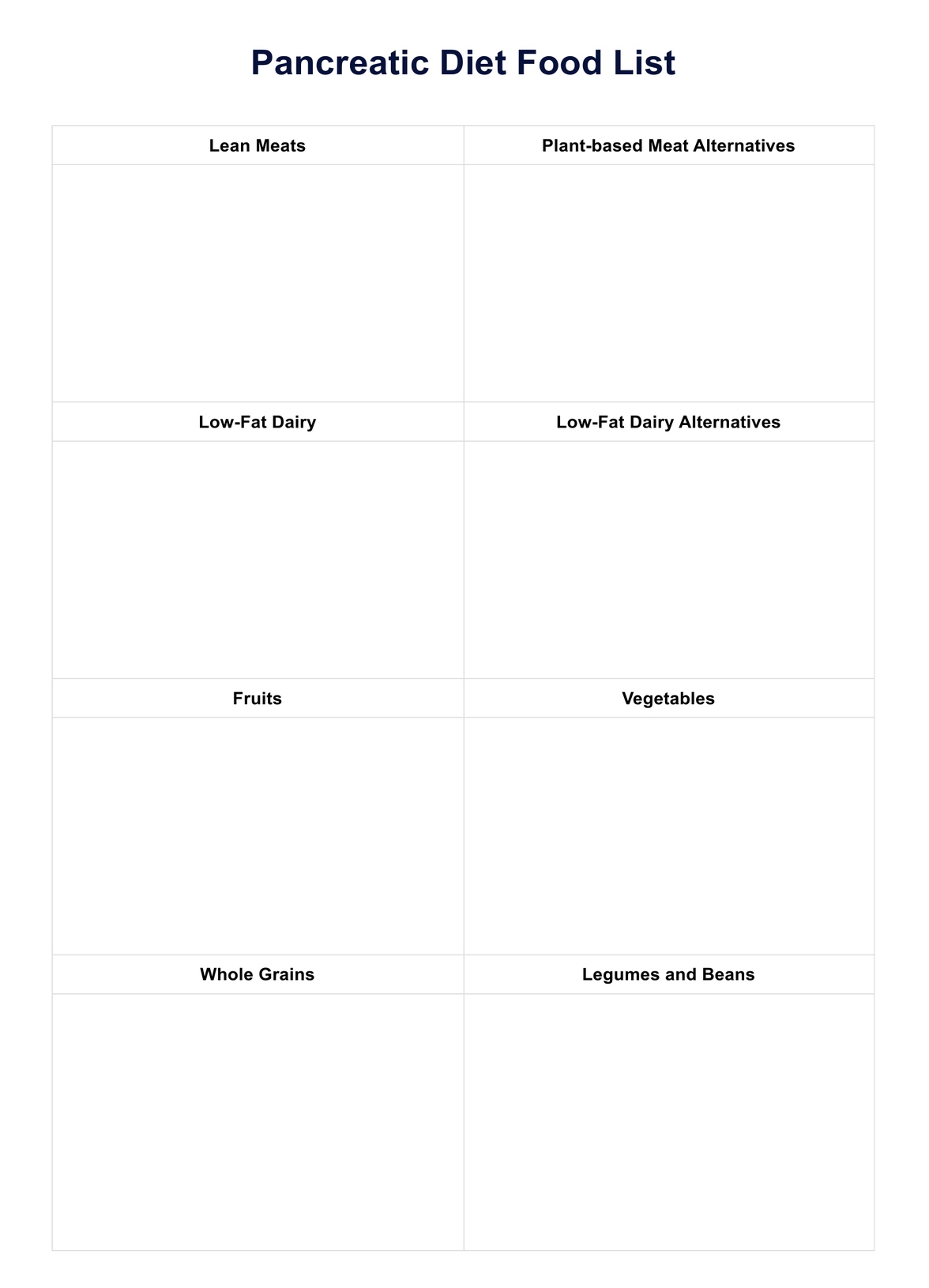
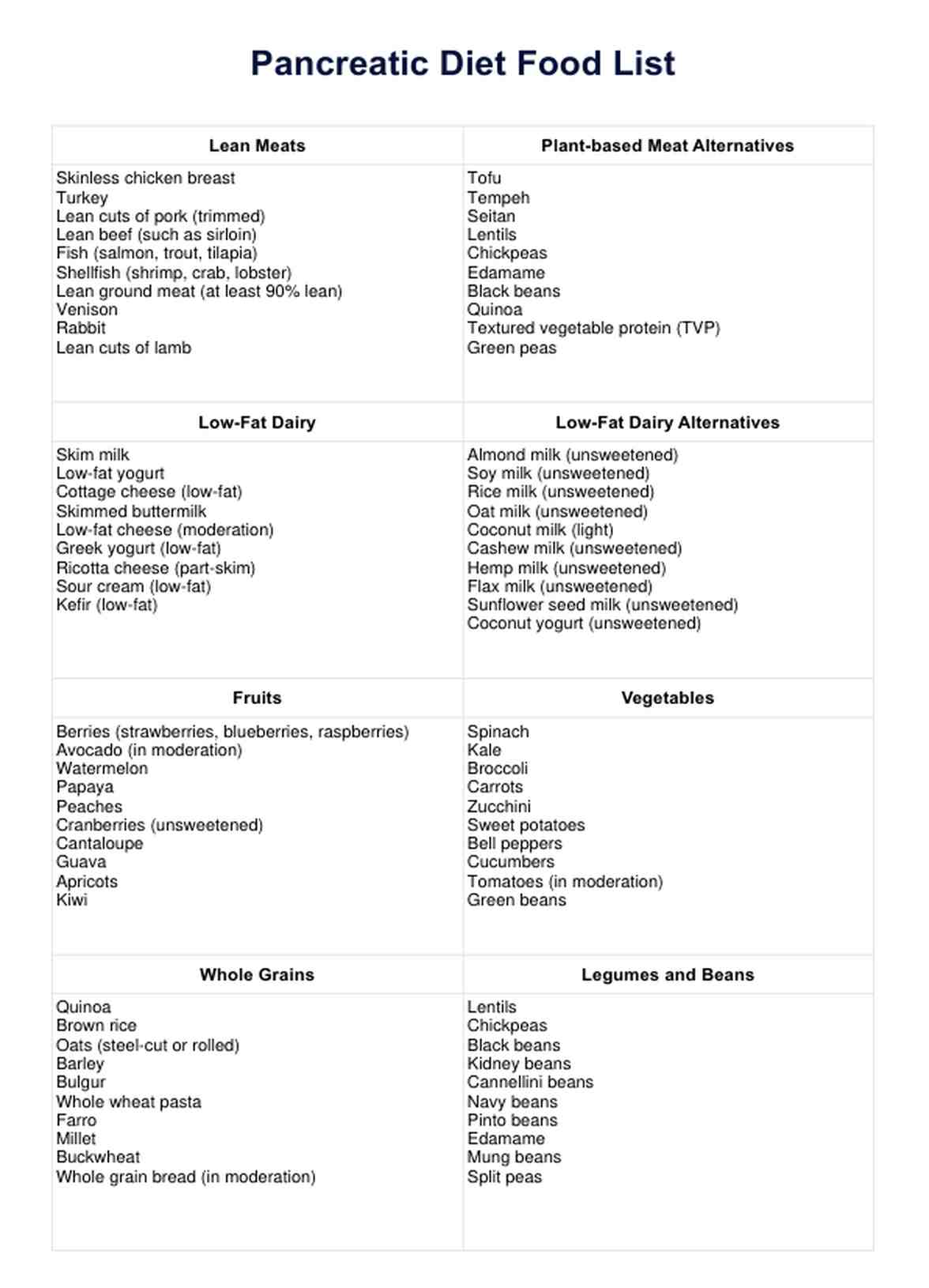

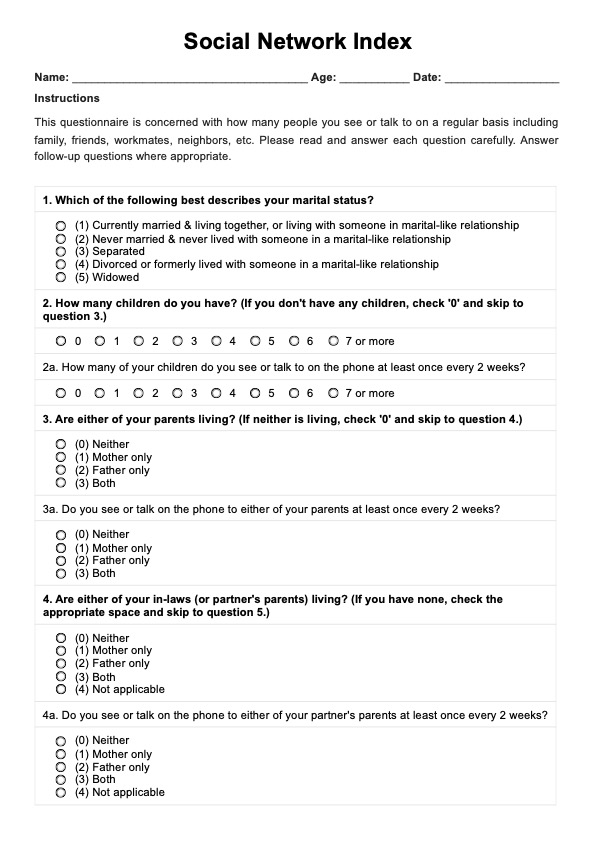











-template.jpg)

















































































